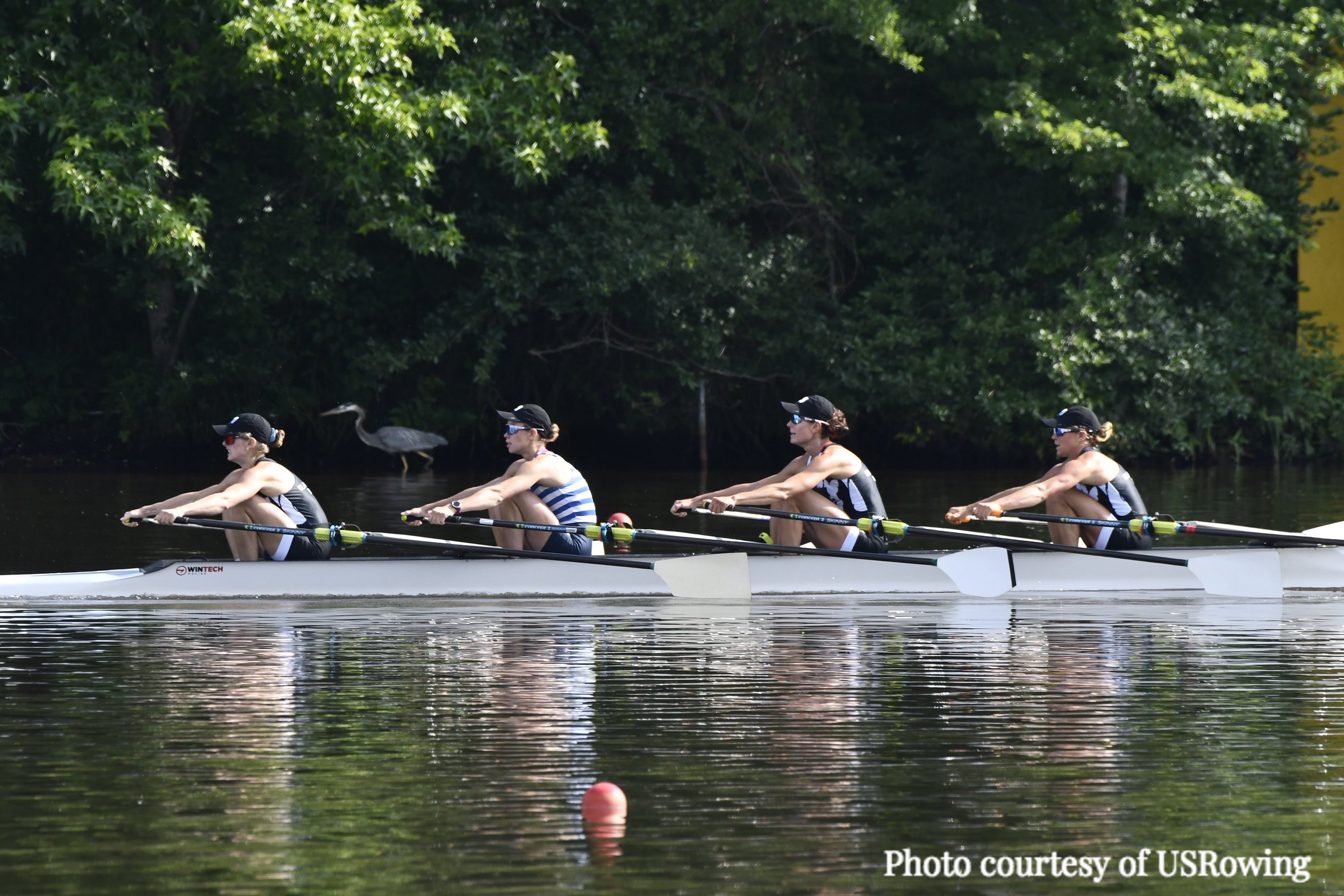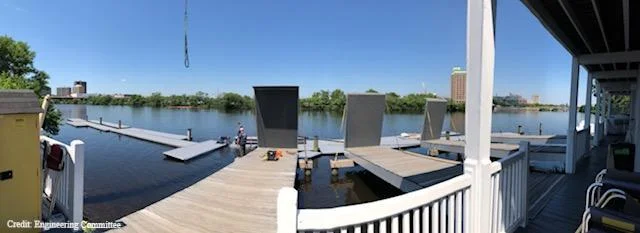Getting the Boathouse ready for spring rowing
Fall 2021 Update
Boat Reservations
Cold Weather Rules: Effective Immediately
Fall update: Locker rooms, Boat handling
Building Riverside’s Facilities Present and Future – A Phased Approach
Riverside’s aspirations for renovating and expanding our boathouse entail design, financing and permitting challenges that will take multiple years to realize. As we work on those plans, the aging of our 1912 boathouse continues and there are safety and operational concerns to be addressed now. Our current approach does not conflict with investment in our existing facility, which is expected to remain and be honored by what comes next.
Riverside Development
In 2012, the Riverside Board created the Development Committee, led by Lynn Osborn and Dick Garver. The Development team conducted a club wide survey and 95% of our membership indicated that facilities improvement was a high priority. Over the next six years, the development committee has created and revised conceptual priorities and drawings of possible plans and has begun sharing these ideas and seeking feedback from the Cambridgeport Neighborhood Association, Cambridge Historic Commission, State Senators and Representatives, the Magazine Beach Partners, our college and high school collaborators and DCR. Key priorities include minimizing disruption of the park, expanding boat storage, improving spaces for community activities, providing public bathrooms and becoming ADA accessible.
In 2015, ice storms had pulled the porch and ramps away from the building. The solution was to support the ramps independently with their own pilings and to anchor the dock to pilings, so that dock movement is independent of the ramps. New pilings were also placed under the porch for stability.
In 2016, the Development Committee formed an Engineering Sub-Committee led by Board Member Neil Harrigan and Building and Grounds Committee chair Carson Burrington to define renovation projects and oversee their execution.
Replacing the Original (1912) Slab
In 2016, we began exploration of replacing the boathouse’s original slab floors, which were poured “on grade” with no foundational support. The river bank has subsided and the floors in the two upstream bays had collapsed to the point that they presented operational and safety concerns. Northeastern University had addressed the subsidence in the log bay in the ‘70s by raising the floor with asphalt, which added weight and caused further distortion.
Under the Engineering Committee’s direction, contractors carried out soil borings to identify the type of slab support system that would be required. Based on that information, we obtained design and cost estimates from multiple vendors.
In December 2017, the board signed a contract with Siena Construction and began the permitting process. Demolition started in February, 2018. Construction was delayed until March, due to delayed approvals. At that point, the entire Boathouse was emptied of boats, oars, racks and associated rowing equipment and 50 helical piles were set in place 40 feet down, followed by two feet of concrete. The slab was completed in April and celebrated with the fabulous slab party on April 21. After many iterations of rack configurations to preserve as many racks as possible and a significant upgrade of lighting, the boathouse reopened on May 4, just in time for Crusher Casey on May 6, 2018.
While the engineering team chaperoned this project, Neil marshaled its inception, bids and completion. It is remarkable to stand on level solid ground. The bunnies seem to have found alternate accommodations.
Breakdown of cost:
Demolition: $59,034
Earthwork: $45,152
Concrete: $67,585
Helical: $98,036
Carpentry: $25,000
Plumbing: $39,122
Electrical: $23,286
General Conditions, Project, Pre-construction,
Requirements: $67,785
Racks: $45,241
Permits: $1,534
Engineering: $21,688
Riverside Dock Replacement
Caro, Carson, Paul Martin, the Engineering Committee and the Board have been working for several years to investigate and design plans for the next-generation of docks for Riverside. Many hours of research (facilities visits, internet searches and word-of-mouth), photos, drawings, changes to drawings, teleconference calls, and prototyping occurred before the team settled on final designs and vendors. Caro led many of these efforts on the ground level, and approved final production plans, from concept to reality.
Renee Lanza headed up RBC’s permitting/regulatory efforts along with creating an RFP which captured our specs for the new dock, a scorecard for evaluating vendors, and set up a timeline. In April 2017, Renee and the Engineering team settled on a handful of reputable vendors to invite to respond to our RFP with proposals.
In January 2018, after conversations with vendors, review of existing prototypes and installations and subsequent deliberation, the Engineering Committee recommended that RBC pursue an aluminum-framed dock with composite surface decking. Through RBC member referrals (thanks Jim McGaffigan!), research, and the RFP proposal, they found an able partner in Row America and its manufacturing partner, Poralu Marine out of Montreal Canada. This program allowed RBC to utilize existing relationships with Eastern Seaboard Concrete Construction and GEI Consultants.
A partnership was struck between the three vendors and RBC to remove, demolish and replace our docks with Poralu’s state of the art system tailored to the sport of rowing. The deliverables were divided as follows:
Poralu Marine & Row America – Construction & replacement of dock and swing dock
Eastern Seaboard – Crane-removal, demolition, and disposal of existing docks, and complete environmental remediation of the site
GEI Consultants – Review of vendor proposals, preparation of project materials for conservation commission, onsite representation of RBC to the conservation commission
RBC received tentative project approval from the Cambridge Conservation Commission and DCR in February 2018. Final approval from the Conservation Commission and the DCR came on May 21st and the Conservation Commission inspection was completed on June 12th, 2018.
Carson, Caro, Neil and Evan developed logistics for readying the site for the 70-ton crane and dock sections that arrived from Canada. Our club members chipped in and spent several Saturdays clearing out, cleaning up, and improving the downstream construction site. The sequencing of events for demolition, removal and installation was a coordinated effort. Carson, Caro, Evan and program coaches worked earnestly together to modify rowing programs as needed to accommodate modified schedules that week.
Our communications plan for the membership included three town-hall style presentations and daily email updates for the membership. The old dock was closed for operation on Sunday evening, June 17 and the new dock opened for launching on Saturday, June 23. On time, on spec, and on budget.
We have asked a lot from our members this spring in terms of flexibility and disruptions to schedules. The timing of both dock and slab replacements in the same year was indeed a huge undertaking. However, the sheer momentum carried us to the finish line with few regrets, and RBC is all the better for it!
The geese were the first to arrive of course, but we have plans for them!
Breakdown of costs:
Demolition & removal of old dock: $35,250.00
New docks manufacturing and installation: $150,000.00
GEI engineering consultation & planning: $3,200.00
Permits: $400.00
The Riverside slab and dock replacement were paid for from operating expenses ($50k) the capital reserve ($200k) and from our capital campaign ($450k) which was started in 2012 and primarily funded by our Leadership Donors to whom we are overwhelmingly grateful listed below.
Riverside Leadership Donors 2012 – 2017
Kate Ackerman
Igor Belakovskiy
Patricia Belden and Kevin Kelly
George Conrades
Ernest Cook
Tina Vandersteel Cressotti and Matt Cressotti
Chris Daly
Mike Farry
Dick Garver
Lisa Kunze and Jeff Schafer
Thomas Lowe
Kevin and Satinder McDonnell
Todd and Jill C. Milne
Frank and Barbara O’Leary
Lynn Osborn
Jon J. Skillman
Sharon Sloan
Sarah and Robert White
Building Riverside’s Facilities Future—A Phased Approach
Riverside’s aspirations for renovating and expanding our boathouse entail design, financing and permitting challenges that will take multiple years to realize. As we work on those plans, the aging of our 1912 boathouse continues and there are safety and operational concerns to be addressed now. The good news is that the current approach does not conflict with investment in our existing facility. We formed an Engineering Committee led by Board Member Neil Harrigan and Building and Grounds Committee chair Carson Burrington to define the projects and oversee their execution.
New Docks
RIVERSIDE DOCK REPLACEMENT
Caro, Carson, Paul Martin, the Engineering Committee and the Board have been working for several years to investigate and design plans for the next generation of docks for Riverside. Many hours of research, photos, drawings, changes to drawings, teleconference calls and prototyping occurred before the team settled on final designs and vendors. Caro led many of these efforts on the ground level and approved final production plans, from concept to reality.
Renee Lanza headed up RBC’s permitting/regulatory efforts along with creating an RFP which captured our specs for the new dock, a scorecard for evaluating vendors and set up a timeline. In April 2017, Renee and our team settled on a handful of reputable vendors to invite to respond to our RFP with proposals.
In January 2018, after several conversations with vendors, review of existing prototypes and installations and subsequent deliberation, the Engineering Committee recommended that RBC pursue an aluminum-framed dock with composite surface decking. Through RBC member referrals (thanks Jim McGaffigan!), research and the RFP proposal, they found an able partner in Row America and its manufacturing partner, Poralu Marine out of Montreal Canada. This program allowed RBC to also rely on existing relationships with Eastern Seaboard Concrete Construction and GEI Consultants.
A partnership was struck between the three vendors and RBC to remove, demolish and replace our docks with Poralu’s state of the art system tailored to the sport of rowing. Specifically, they divided out the deliverables as follows:
Poralu Marine & Row America – In-kind construction & replacement of dock and swing dock
Eastern Seaboard – Crane-removal, demolition and disposal of existing docks; complete environmental remediation of the site.
GEI Consultants – Review of vendor proposals, preparation of project materials for Conservation Commission, onsite representation of RBC to the Conservation Commission.
RBC received tentative project approval from the Cambridge Conservation Commission and DCR in February 2018. Final approval from the Conservation Commission and the DCR came on May 21 and the Conservation Commission inspection was completed on June 12, 2018.
Carson, Caro, Neil and Evan developed logistics for readying the site for the 70-ton crane and dock sections that arrived from Canada. Our club members chipped in and spent several Saturdays clearing out, cleaning up, and improving the downstream construction site. The sequencing of events for demolition, removal and installation was a coordinated effort. Carson, Caro, Evan and program coaches worked earnestly together to modify rowing programs as needed to accommodate modified schedules that week.
Our communications plan for the membership included three town-hall style presentations and daily email updates for the membership. The old dock was closed for operation on Sunday evening, June 17 and the new dock opened for launching on Saturday, June 23. On time, on spec, and on budget.
We have asked a lot from our members this spring in terms of flexibility and disruptions to schedules. The timing of both dock and slab replacements in the same year was indeed a huge undertaking. However, the sheer momentum of it all did carry us to the finish line with few regrets, and RBC is all the better for it!
The geese were the first to arrive of course, but we have plans for them too!












